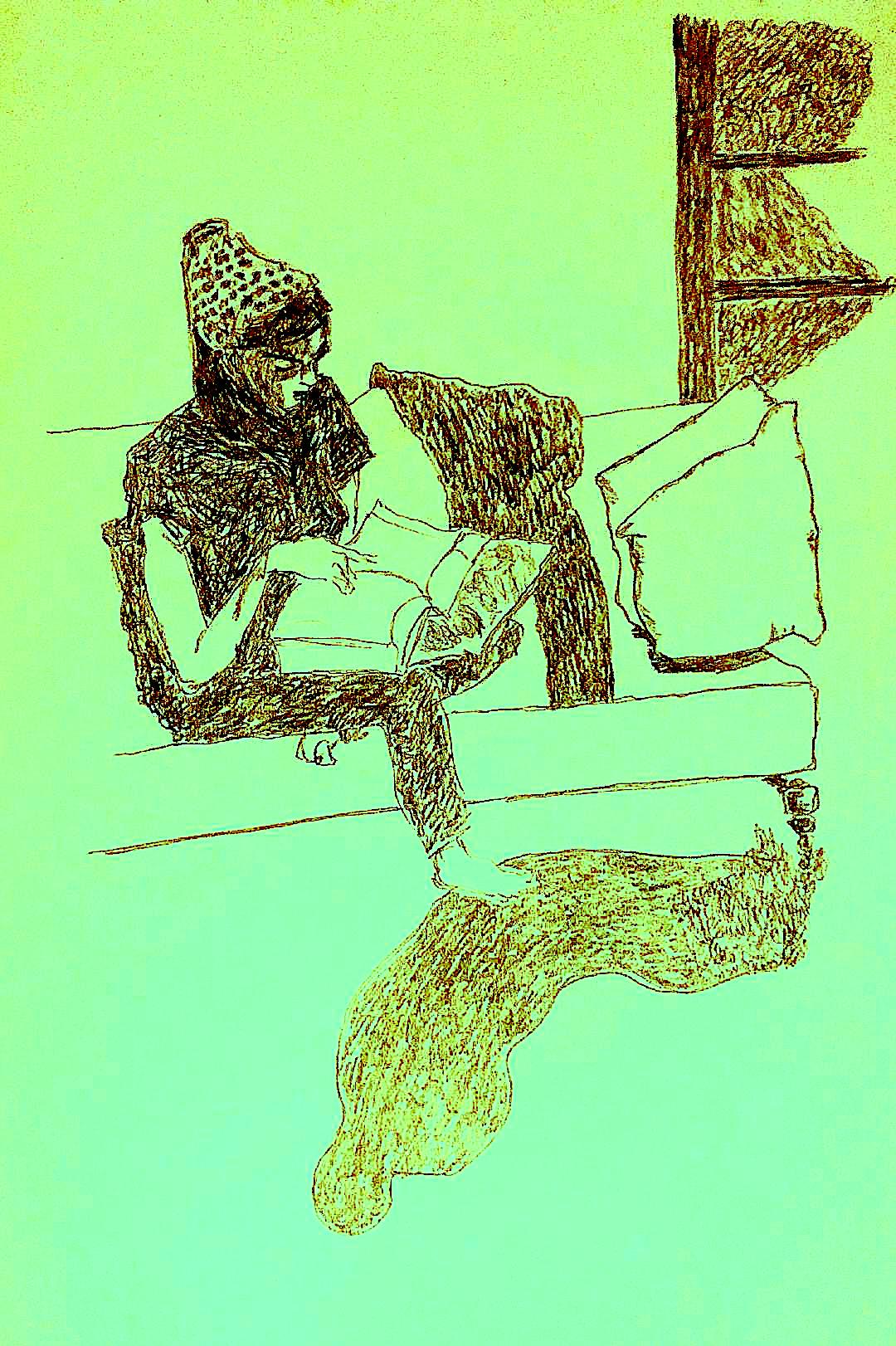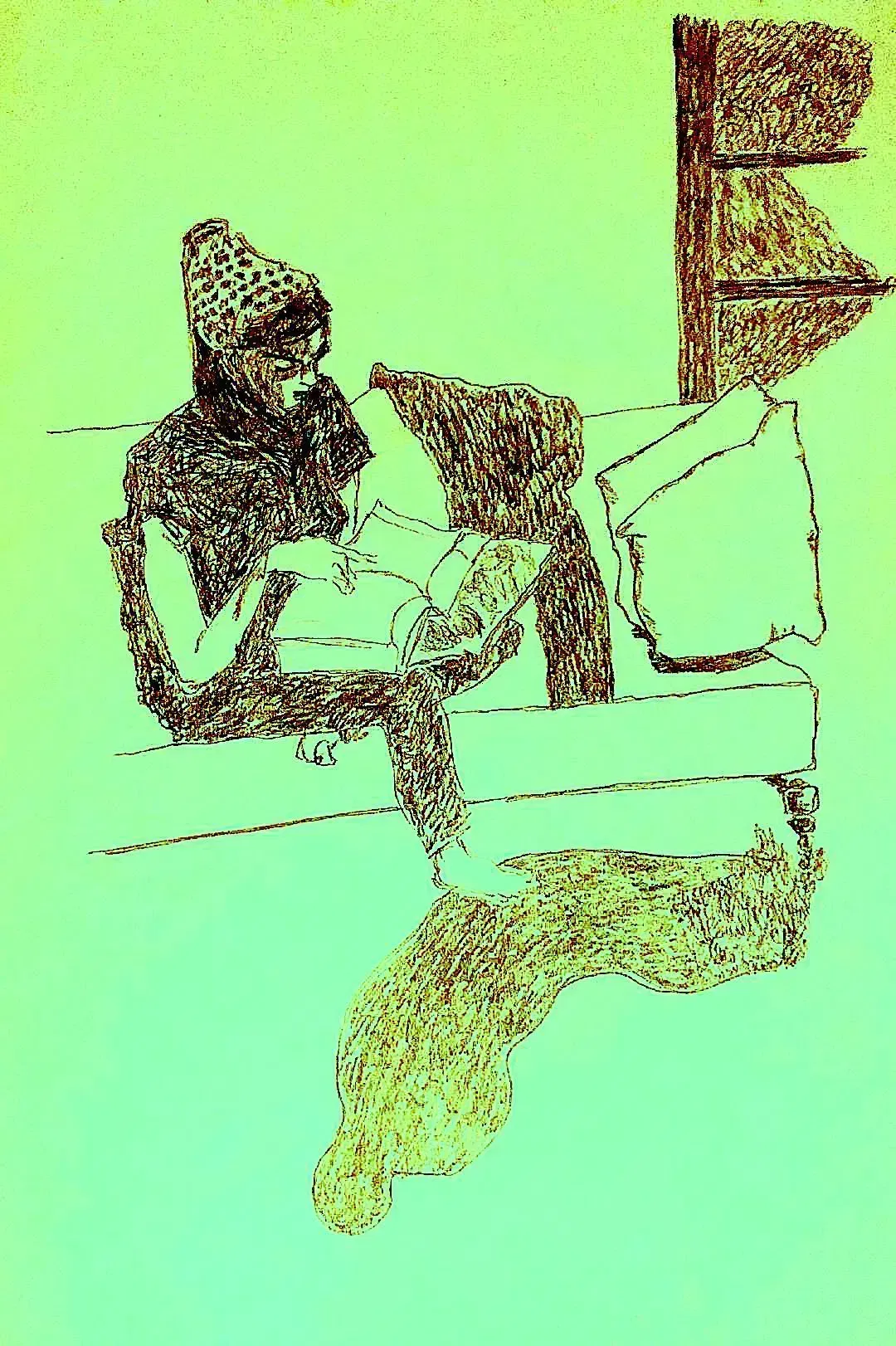Note on Philosophical Perspectives by Wilfred Sellars (7): Notes On Intentionality


The next essay is Notes on Intentionality. Sellars takes stock of what it is for words and thoughts to be about the world, and he does so with the tools we have already been using, roles in practices, rules of use, and the need to keep manifest and scientific images in one picture. The guiding thought is simple. Aboutness is real, but it is not a ghostly relation. It is a pattern in how signs are used, learned, checked, and tied to action and perception. On this view, thoughts are inner episodes that occupy the same kinds of roles that public sentences occupy. They are not pictures floating in a private theatre. They are items whose correct and incorrect uses are fixed by the same public norms that govern speaking and listening.
A concrete entry point is Sellars’ tripartite scheme for language in use. There are language entry moves, language language moves, and language exit moves. Entry moves are the rules that tie non verbal circumstances to verbal responses. A child is taught to say red when presented with a ripe tomato under normal light. The training fixes when one is entitled to make the claim and when one is obliged to withdraw it, for example under sodium lamps. Language language moves are the inferences one is entitled to make from what has been said. From tomato is red one may infer tomato is coloured. Exit moves are the rules that tie saying to doing. From fire alarm sounding and smoke present one is licensed to pull the extinguisher or to evacuate. Aboutness emerges from the whole package. A token of red means red because it sits at the junction of entry rules from the world, inferential links to other claims, and exit rules into action.
An everyday map shows how this picture earns its keep. A bus route diagram is about a city not because the paper resembles streets in a fine way, but because travellers learn rules that tie coloured lines to stops, times, and transfers, and because announcements and decisions are guided by those rules. If a detour is posted, the map’s aboutness supports correct inferences that update plans, such as catching a feeder line two stops earlier. A child’s drawing that happens to resemble the same lines is not about the city in the same way because it does not sit in a practice with rules of checking, correction, and use. Aboutness is role in a practice that faces the world and guides action.
Sellars distinguishes picturing from meaning to avoid a common confusion. A cross section of a leaf under a microscope can picture the stomata in the sense that parts of the drawing correspond in a reliable way to parts of the specimen. This is a natural relation that depends on the optics, the preparation, and the drawing method. Meaning involves norms and can be correct or incorrect relative to rules. The picture might be accurate in its own way, yet be mislabelled by a student who calls the pores veins. Picturing is a structural relation that a scientist can describe in the scientific image. Meaning is a role within the manifest image of rules and reasons. Keeping them distinct lets us say both that human sign use is grounded in natural processes and that correctness and error depend on norms.
A traffic light helps to fix the point. The green lamp does not picture the property go. It has a standing role in a public practice that licenses drivers to proceed and that places obligations on others. The rule is not a mere habit. It carries standards of correctness and blame. If a prankster swaps the lenses, a driver who proceeds on a red lens has not acted correctly, even if the causal chain from light to foot moved in the usual way. The content of the sign is fixed by the rule governed practice, not by bare causation. This is why Sellars refuses to reduce aboutness to covariation. A thermometer reading covaries with temperature, but it counts as a temperature report because it sits in a practice of calibration, units, and cross checks.
With these tools in hand, Sellars explains how thoughts can be about without postulating inner sense data. Inner episodes can play the same roles as public sentences when they are produced and consumed within a person according to rules learned in the social practice of a language. An inner token of tomato is red inherits entry links from trained perceptual dispositions, inherits inferential links such as if red then coloured, and inherits exit links such as reaching for the ripe fruit. The inner token is about as the public sentence is about, by virtue of role. This keeps error in view. If the lighting is odd and an inner token misfires, that is a failure within a public practice, not the revelation of a private object.
A classroom case makes this vivid. A pupil learns to identify isosceles triangles and to infer equal base angles from the definition. Later, faced with a smudged diagram, the pupil classifies a scalene triangle as isosceles and draws the wrong conclusion. We explain the mistake by saying the pupil’s inner classification move misapplied the public rule. We do not need to posit a private triangle with equal sides in order to account for the wrong inference. The directedness of the thought is to the chalk figure on the board, and the error is a misstep in a learned practice.
Sellars also stresses that intentionality involves correctness conditions that outrun any one person’s point of view. This is why training, correction, and authority matter. In a hospital, a junior doctor’s note that the patient is septic carries content because it is produced under rules tied to measurements and protocols. A senior can correct the note by pointing to the rule thresholds that have not been met. The concept sepsis has its content by standing in that network of rules and checks. A private feeling of certainty does not fix the aboutness of the note. The practice does.
To show how this fits with a naturalistic world view, Sellars insists that we can tell two complementary stories. The scientific image speaks of neural mechanisms, causal pathways, and control theory. This story explains how a visual system can issue a content token under stimulation. The manifest image speaks of reasons, rules, and correctness. This story explains why a token counts as an ascription that can be right or wrong. The stories are to be harmonised, not collapsed. Think of a speech recognition system in a phone. There is an engineering story about signal processing and machine learning that explains why the device outputs Call Mum when you speak. There is also a user facing story about what the command means and when it is appropriate. The first story anchors performance in nature. The second keeps norms and commitments in play.
Language learning shows the two stories at once. A child learns dog by being corrected in the presence of dogs, toys, pictures, and false friends such as foxes. Success shows up in a web of moves. The child points, asks, answers, draws simple inferences, and acts appropriately. A psychologist can also tell a story about perceptual features, reward schedules, and neural maturation. The child’s word is about dogs because of the role it plays in the public web, not because of a private copy of a dog in the head. This is why meaning is shared. Two children can mean the same by dog when they are both subject to the same norms of application and inference.
A final pair of examples brings out Sellars’ discipline. First, a bee dance correlates with nectar location and influences hive behaviour. It is tempting to say the dance is about a meadow. Sellars’ caution is to reserve full blooded aboutness for systems that support correction by appeal to reasons. The bee dance has impressive functional structure, but it does not belong to a practice of explicit commitments and entitlements. Second, a laboratory diagram with labels and a legend does belong to such a practice. It can be challenged, defended, and revised by citing rules and measurements. That is why its content is the sort of thing that can be correct or incorrect in the sense that matters for intentionality.
Two morals complete the essay. First, do not confuse natural relations that support representation with the normative roles that constitute meaning. Picturing explains how signs can latch onto structure in the world. Norms explain why tokens are right or wrong. Both are required. Second, do not split thoughts from words by sending thoughts to a private realm. Aboutness in thought is the inward face of the same practice that public speech belongs to. With these in place, Sellars can move on to theoretical explanation, where he shows how the same pattern scales up from everyday ascriptions to the law governed posits of mature science.